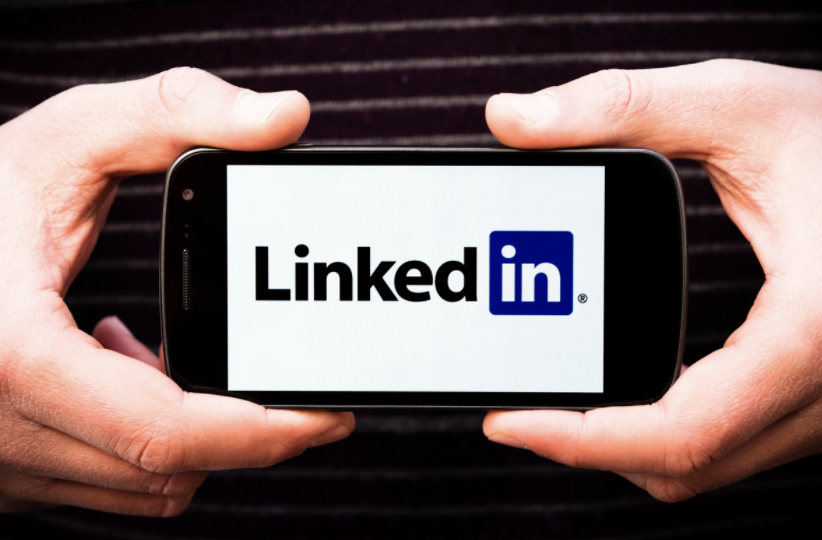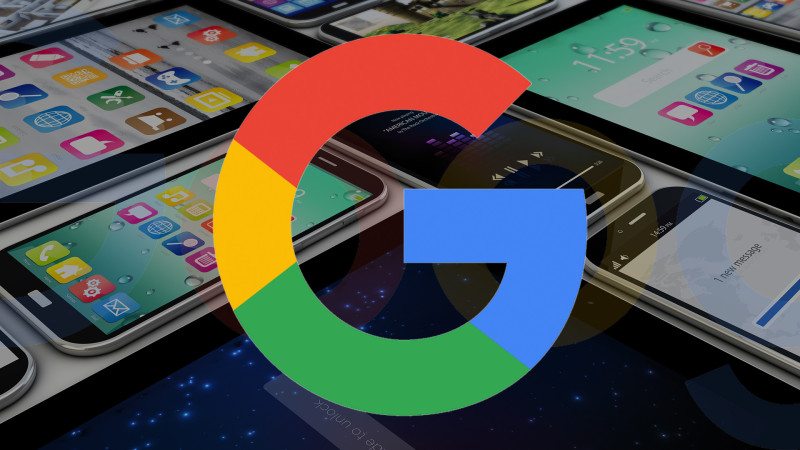Harnessing the power of social media is vital for expanding your business's online footprint. However, with the plethora of platforms available, it's crucial to be strategic and selective rather than spreading yourself too thin. While a balanced
- Home
- Tag: LinkedIn
Marketers have a vast landscape of social media platforms to navigate, and each platform presents unique opportunities. But when it comes to B2B marketing, LinkedIn stands out as the ideal channel for more reasons than you may
In 2023 cold calls simply don’t cut it anymore. As the digital landscape evolves, businesses are turning to social media to reach and engage with new customers. And while social selling has been around for a few
Has the current pandemic catapulted your small business into the world of social media advertising and e-commerce? In what is already an overwhelming time, starting from scratch on how you're advertising your small business may seem like
LinkedIn announced late last week that it will be adding three new features to their advertising platform. These features include brand awareness campaigns, website conversion tracking capabilities, and job applications. This new version will also have an
Whether we’re talking about a personal account or a company page, there are several different ways to utilize LinkedIn as a powerful digital marketing platform. LinkedIn is reported as the most effective social platform in 2017 by
If you're an organization that utilizes social media channels for sponsored advertising, it's important to determine which platform to allocate the majority of the budget to. Facebook, Twitter, and LinkedIn all have unique advertising options and contain
Google has spoken — and an important part of the mobile web will never be the same. At least that’s the theory, and certainly the search giant’s intention. Google sees app install interstitials — those big ads















